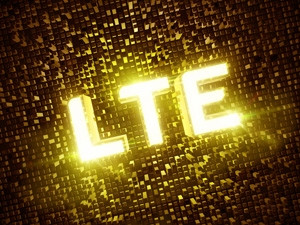
The Bloodhound Project - a UK initiative aiming to break the land speed record - this week staged a high-speed communications test using a specialised long-term evolution (LTE) network built by technical partners MTN and Poynting Antennas.
Conducted at a desert track on the Hakskeen Pan in the Northern Cape, the test aimed to ensure the integrity of radio infrastructure while the supersonic car is still under development.
The record attempt will take place in November next year and the vehicle will transmit live data from more than 300 sensors and three streams of 720p video using a single channel as it blasts down the desert racetrack.
By way of comparison, a modern Formula One car transmits 150 channels of data over a single radio channel during a grand prix race. Each run by Bloodhound will generate information equivalent to 125 MP3 music tracks played concurrently, according to organisers.
The Department of Science and Technology said the communications test "was important to make sure there were no frequency clashes across the spectra the team will be using".
Bloodhound Project co-coordinators added beaming data at more than 1 600km per hour "will push available communications technology to the limit" - a challenge MTN and Poynting have risen to by creating the 4G LTE network.
"The 800MHz signal is highly focused, rather than broadcast, to ensure the network has 'link budget' capable of streaming four megabytes per second of data live from the car as it covers a mile in 3.6 seconds (a kilometre in 2.25 seconds)," said a statement released by the Bloodhound Project.
Signal direction
During the test, the signal was captured by engineers on the track, but during the record attempt next year it will travel to the team's mission control centre, and then be relayed to Upington to be fed into the Internet and viewed by schools, colleges and other audiences worldwide.
Custom-made Poynting antennas with Sierra Wireless Air Prime embedded LTE modems were mounted on a Jaguar XF car, replicating the kit which will be built in to Bloodhound's tail fin. Simulated data and footage from four high-resolution cameras was streamed live from the car XF during the high-speed passes.
Driving in tandem was another car carrying VHF radio technology. The equipment was calibrated to ensure clear voice communication from the team to driver Andy Green in the supersonic car as well as Jaguar's two rapid response vehicles.
Share